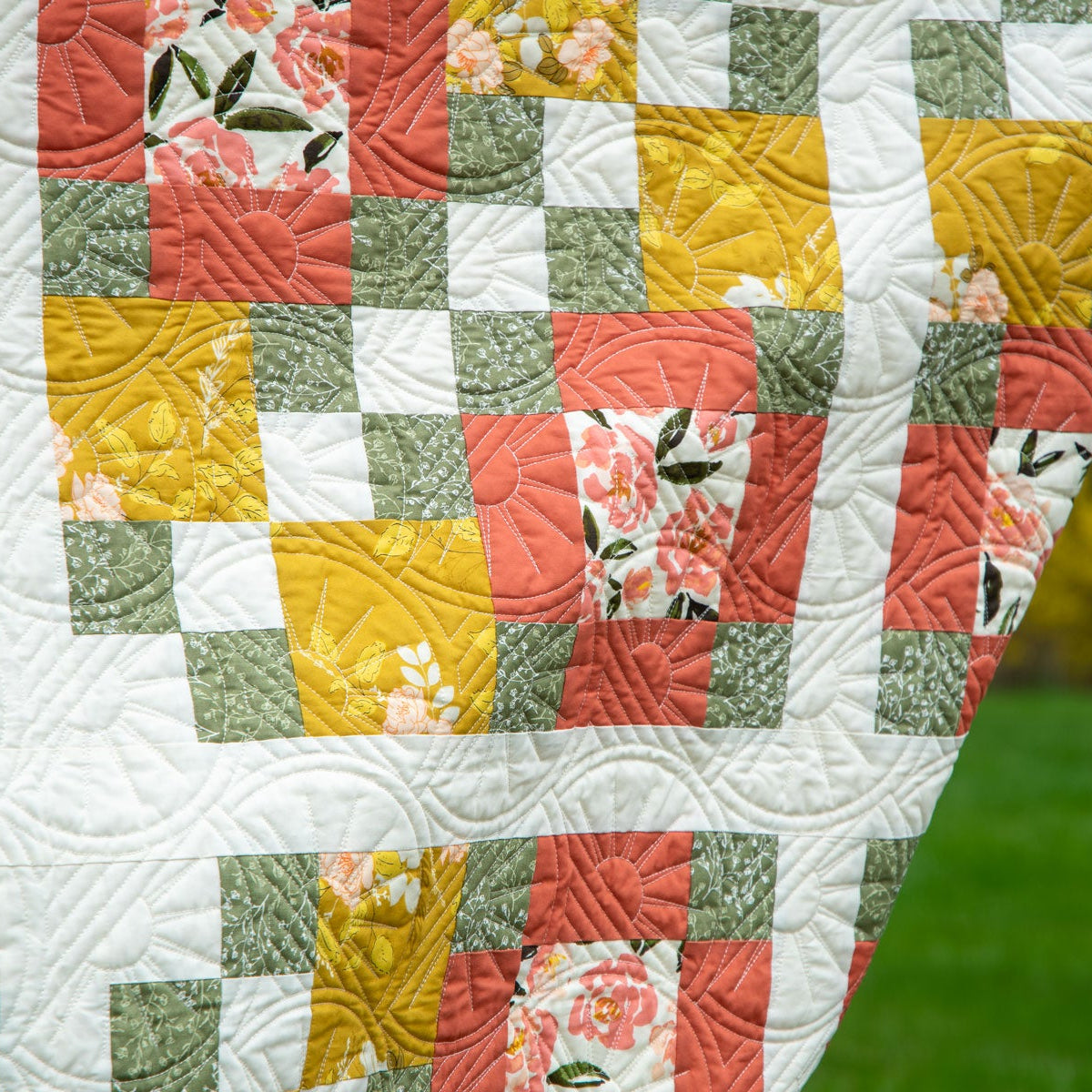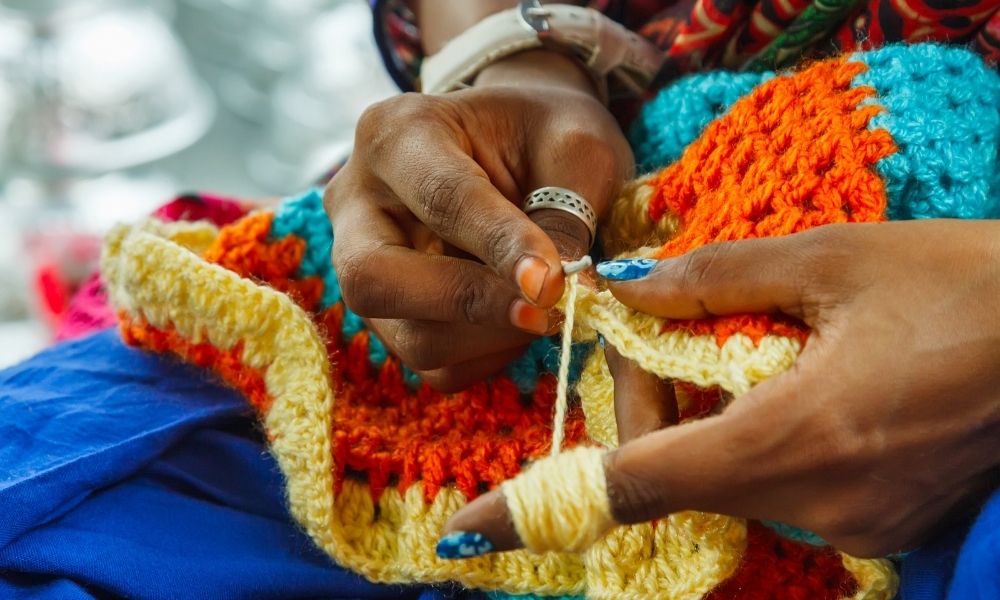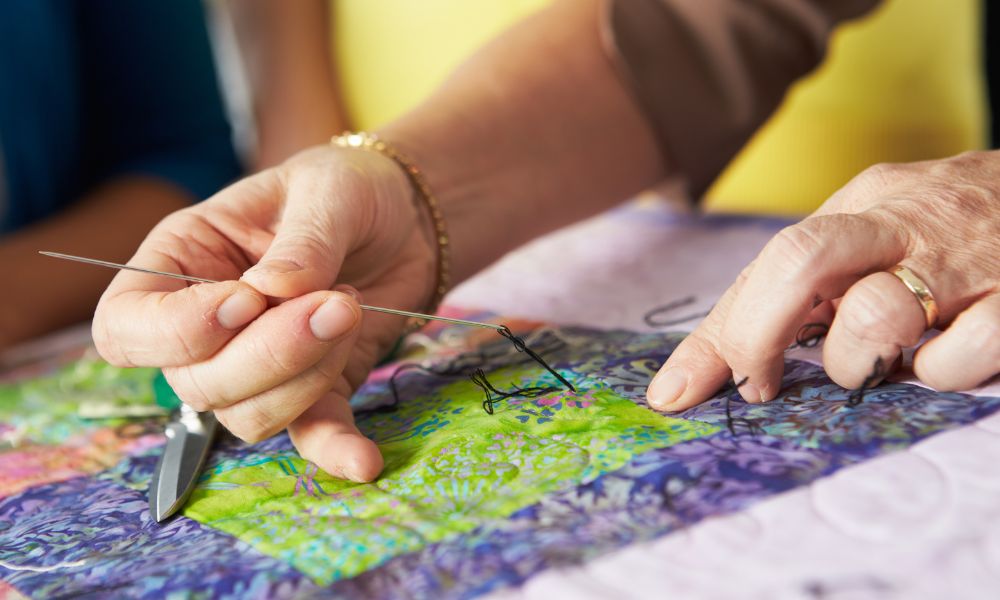How Sewing Fosters a Sense of Independence

When one wants to start a new hobby, they might not immediately think of sewing, as it is considered a more “traditional” skill.
While independence is a quality that one learns through experiences and confidence, sewing can help build and grow this vital characteristic.
Sure, there are many hobbies you can try, but sewing is amongst the few that can offer something more than just a fun thing to do when you’re bored. Explore how sewing fosters a sense of independence.
How Sewing Builds Independence
Sewing builds independence through a series of learning several skills that can apply to many areas of your life. Let’s explore a few different areas where sewing can be an excellent competency that you’ll be grateful for learning!
Offers a Challenge To New Hobbyists
One of the many benefits that sewing offers to new hobbyists is it provides a challenge that cannot be easily overcome when they first start. If you ask a thousand sewing masters if they got the hang of this hobby as a beginner, most of them will tell you many stories of their struggles.
Independence stems from learning something and getting back up to do it again, over and over, until a person become confident in their ability to complete the task. Herein lies the seed for independence— when someone overcomes a challenge, they no longer need as much support as they once did.
Encourages Life Skills
Sewing helps beginners develop critical life skills such as:
- Motor skills: Sewing is a meticulous activity, requiring one to be efficient with their hands and move their fingers with strict precision. It may feel awkward at first to hold a tiny, fragile object in your hand and create intricate designs with it, but in time, you’ll master this motor skill.
- Focus: Sewing involves many steps in the creation of an item. While many steps are often repeated in a sequence, one must focus on the task at hand to successfully complete it. Learning this hobby is a great way to improve the focus skill because it demands your full attention throughout the entire creation of the item. Over time, you’ll be able to focus more easily on tasks outside of sewing!
- Patience/self-control: The act of sewing something and completing a project doesn’t bring about immediate gratification. You’re creating and building something from scratch; that takes a lot of time! However, once you finally complete the project, you might feel a sense of achievement and pride. You might feel this because you created something, and the product is entirely and uniquely yours.
- Mathematical skills: ½ inches, 5 meters, 2x6=12! Many people work on creative projects just to get away from math. But when it comes to sewing, you must be efficient in completing mathematical combinations in your head. This can give you the benefit of speed and accuracy in your projects.
Promotes Financial Independence
Many people learn how to design their own clothing for more reasons than just wearing clothing they’ve made by hand. They appreciate the art of sewing because it can help them save more money on clothes.
Instead of buying a blouse at the store for 40 dollars or more, you can make your own by grabbing some material and your sewing machine, spending maybe 20 dollars. Oftentimes, we pay more than we should for articles of clothing that cost much less to make.
Sewing gives you financial independence because expensive clothing shops are no longer the only fashion option.
Additionally, sewing your clothes can also help fight fast fashion because you’re not giving money to the major fashion industries that promote the wasteful patterns that fast fashion represents.
Different Techniques You Can Try
When you think of sewing, what do you see in your mind? Does it involve a sewing machine, some fabric, and thread?
The art of sewing comes in many different forms. Let’s look at some unique sewing techniques you can try!
Quilting
Quilting involves the process of using a needle and thread to create three layers together:
- Top fabric
- Insulating material
- Backing
These combined layers make a thickly padded material that is comfortable and can easily hold its weight.
Many people use the quilting method to use—you guessed it—quilts! When sewing a quilt, you want to design what you want to sew first and ensure you have the pieces you need. Once you complete those steps, you’re ready to get started.
Knitting
Knitting can be a great sewing technique for beginners because it often involves repeated interlinking of a series of loops of yarn around the needles. These loops then create a secure structure that you can build upon, eventually establishing a sheet of material.
There are a couple of different knitting types you can refer to, like:
- Warp knitting: This knitting technique requires the yarn to be looped vertically and can only be completed using warp knitting machines. Results often evolve into flat, open-width forms.
- Weft knitting: In weft knitting, you loop horizontally. This method is often resistant to runs due to the secure loop structure.
You can use the knitting method to create baby booties, scarves, pillowcases, and more!
Cross-Stitch
Embroidery
When you look at embroidery, you may notice that the thread sits on the foundation, like a 3D painting. This is why so many people enjoy creating projects using the embroidery method.
Embroidery essentially refers to the act of stitching specific designs on fabric surfaces with thread or other embroidery materials. Some techniques include:
- Counted thread: Involves a predetermined number of threads in a piece of fabric to design the specific pattern you want.
- Free embroidery: As the name suggests, you can fill the design in whichever pattern you wish, using as much thread you need.
Crochet
Crochet uses a crochet hook and yarn or thread to interlock loops of fabric together. The weight of your yarn can determine how your hook will correspond, so be sure to analyze the material you use before starting!
Furthermore, you can create hats, doilies, or blankets using the crochet technique! Just be sure to purchase tatting needles for sale if you want to make a doily; some crochet projects require different tools.
Now that you understand how sewing fosters a sense of independence, start learning this fun hobby and watch your skills and wardrobe flourish!








Comments